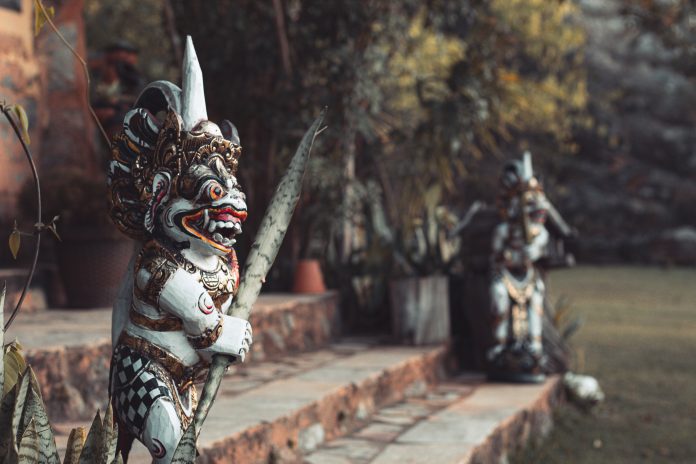In the midst of a psychedelic renaissance, Dimethyltryptamine (DMT), the potent psychoactive compound, is garnering attention from various quarters, including researchers, spiritual seekers, and the curious public alike. From scientific discourse to indigenous narratives, the perspectives surrounding DMT are as vibrant and varied as the experiences it reportedly engenders.
As we navigate through the different narratives surrounding DMT, it is essential to approach this topic with an open mind and critical analysis. This exploration seeks to illuminate the multi-faceted world of DMT from diverse vantage points.
Scientific analysis
In the scientific community, DMT is often perceived as a substance with vast potential for psychiatric treatment and understanding consciousness.
This line of discourse is not without its cautionary tales. Scientific research primarily focuses on its pharmacology, potential therapeutic uses, and the neurobiological basis of the vivid hallucinations it induces.
DMT is a naturally occurring substance, found in various plants and even in the human brain, although its function remains a topic of ongoing research.
From a medical perspective, early research hints at its potential in treating disorders such as depression and PTSD, albeit within a controlled setting and guided framework.
Spiritual and indigenous perspectives
Long before DMT found its way into laboratories, it had been a part of indigenous rituals and spiritual practices, particularly in the Amazonian region.
Traditionally consumed as part of the Ayahuasca brew, DMT has been revered as a tool for spiritual awakening and connection with the divine.
Indigenous narratives of DMT often regard it as a sacred substance, allowing shamans and other users to access higher dimensions and gain profound insights.
The rituals surrounding its use are deeply entrenched in respect for the plant and its powerful effects on human consciousness.
In contemporary spiritual circles, DMT is sometimes viewed as a gateway to mystical experiences, akin to those described in ancient scriptures.
It is not uncommon to find narratives where individuals report transformative experiences, fostering a deeper connection with oneself and the universe.
Narratives of DMT in popular culture
In the broader sphere of popular culture, DMT has found a place in the narratives of artists, writers, and filmmakers, often described as a mind-expanding substance offering glimpses into alternate realities.
However, it has also been associated with recreational use, which brings along the risk of misuse and potential health hazards.
The recreational narrative often orbits around the intense and short-lived ‘breakthrough’ experience, which can sometimes venture into the realms of the bizarre and the surreal.
Users typically report encountering ‘entities’ or experiencing ego dissolution, narratives that sometimes border on science fiction.
Despite its allure, experts caution against the recreational use of DMT due to potential adverse effects and the risk of potent psychological disturbances.
Legal and ethical narratives of DMT
The discourse around DMT cannot be complete without a mention of the legal and ethical dimensions.
In many countries, DMT is classified as a controlled substance, making its possession and distribution illegal.
This legal stance is frequently underpinned by concerns surrounding safety, potential for misuse, and lack of substantial research into its effects and therapeutic potentials.
Conversely, advocates for the legalisation of DMT argue that its prohibition stifles important research and disregards its historic and sacred use within indigenous communities.
The ethical discussion extends into the realms of intellectual property, with debates on the rights of indigenous communities over knowledge and practices associated with DMT.
Conclusion
The multifaceted narratives surrounding DMT span the realms of science, spirituality, popular culture, and legality.
As we stand at the crossroads of a psychedelic renaissance, the perspectives on DMT seem to be in a constant flux, echoing the complex and transformative nature of the substance itself.
In navigating these narratives, it is crucial to foster a discourse that is respectful of indigenous knowledge, grounded in scientific inquiry, and mindful of the ethical implications surrounding its use and research.
Whether viewed as a tool for psychiatric treatment, a sacred entheogen, or a muse for artists, DMT undeniably holds a mirror to the intricate and profound complexity of human consciousness and experience.
As we venture further into understanding this potent molecule, it behoves us to approach with a sense of curiosity, responsibility, and reverence, fostering a dialogue that is as enriching and complex as the DMT experience itself.


